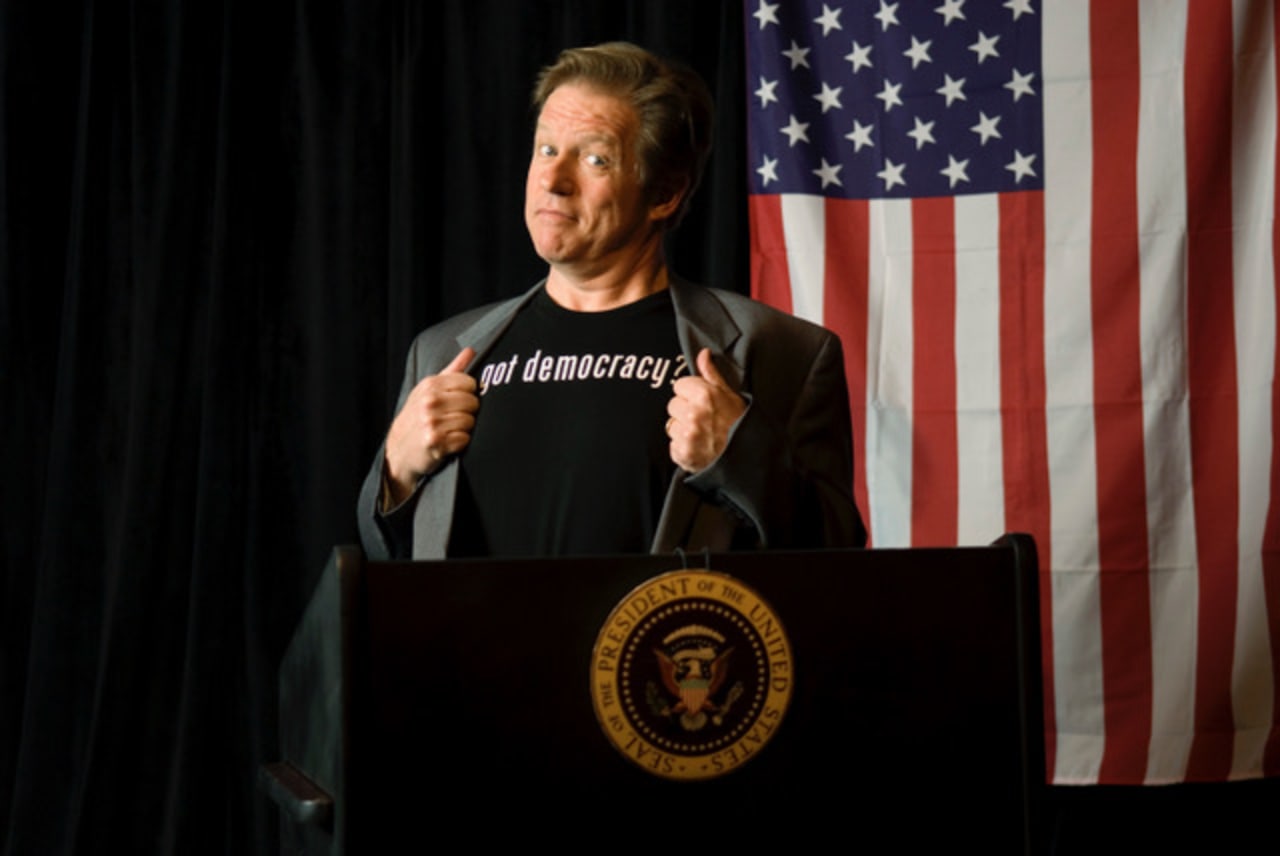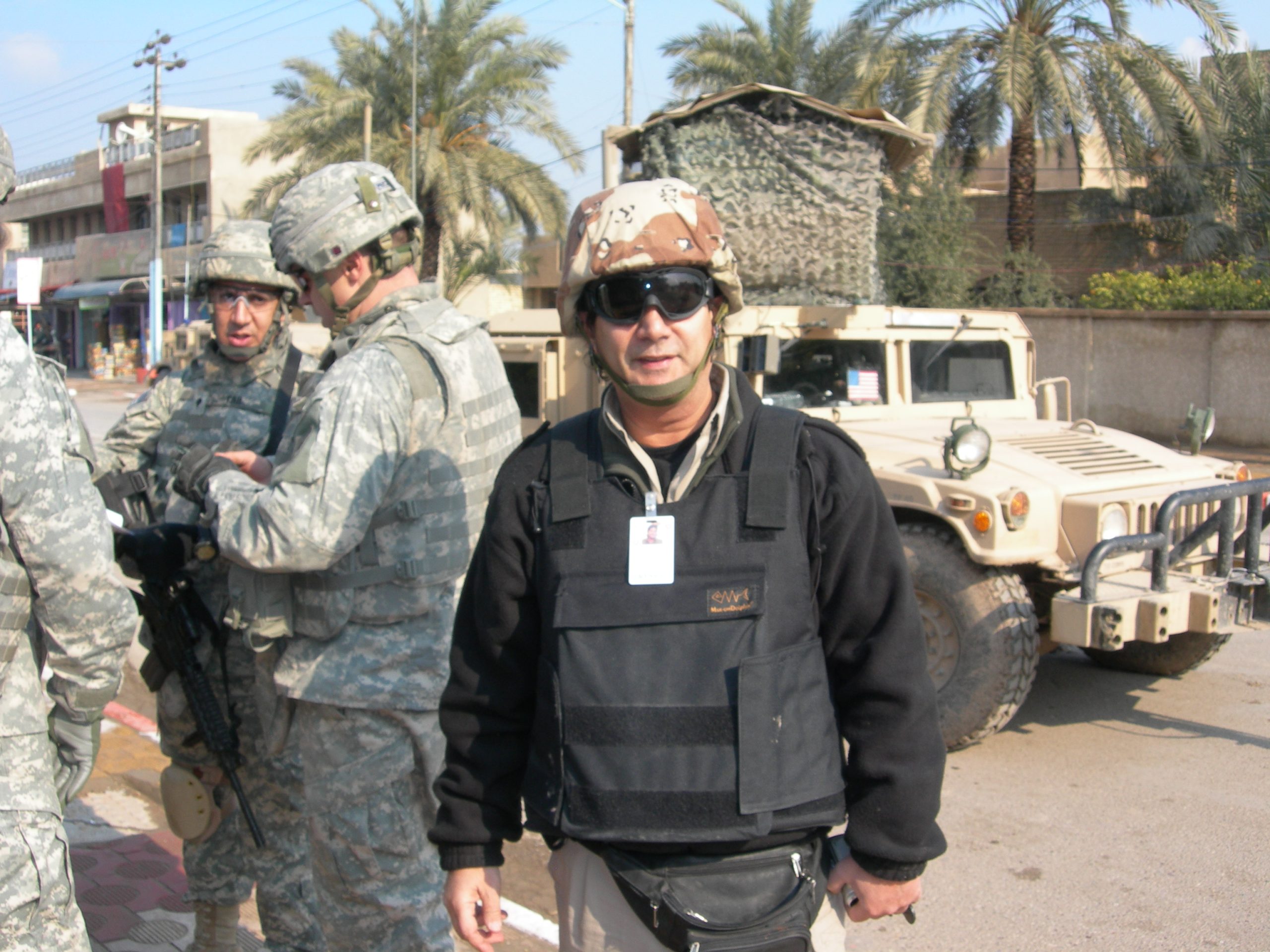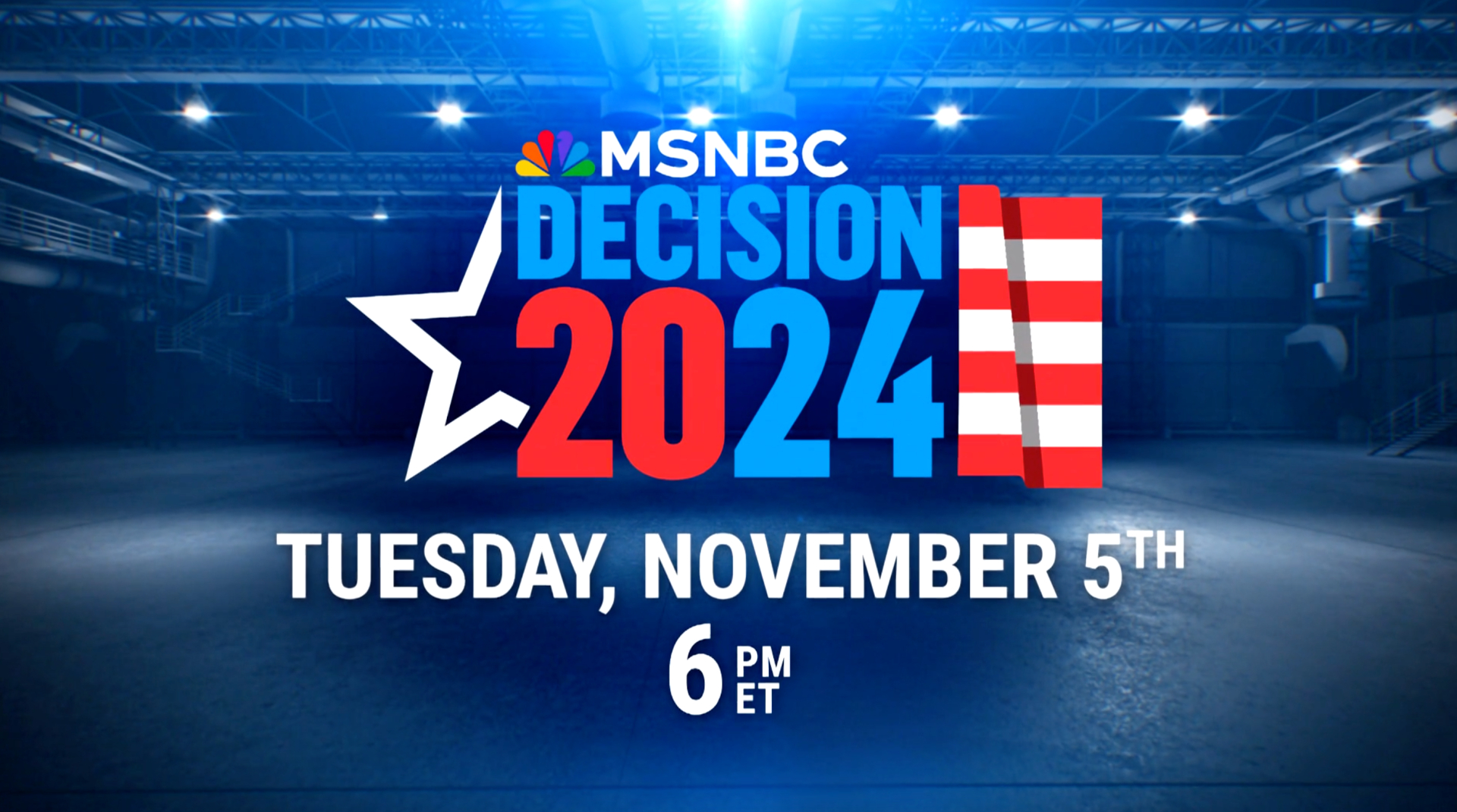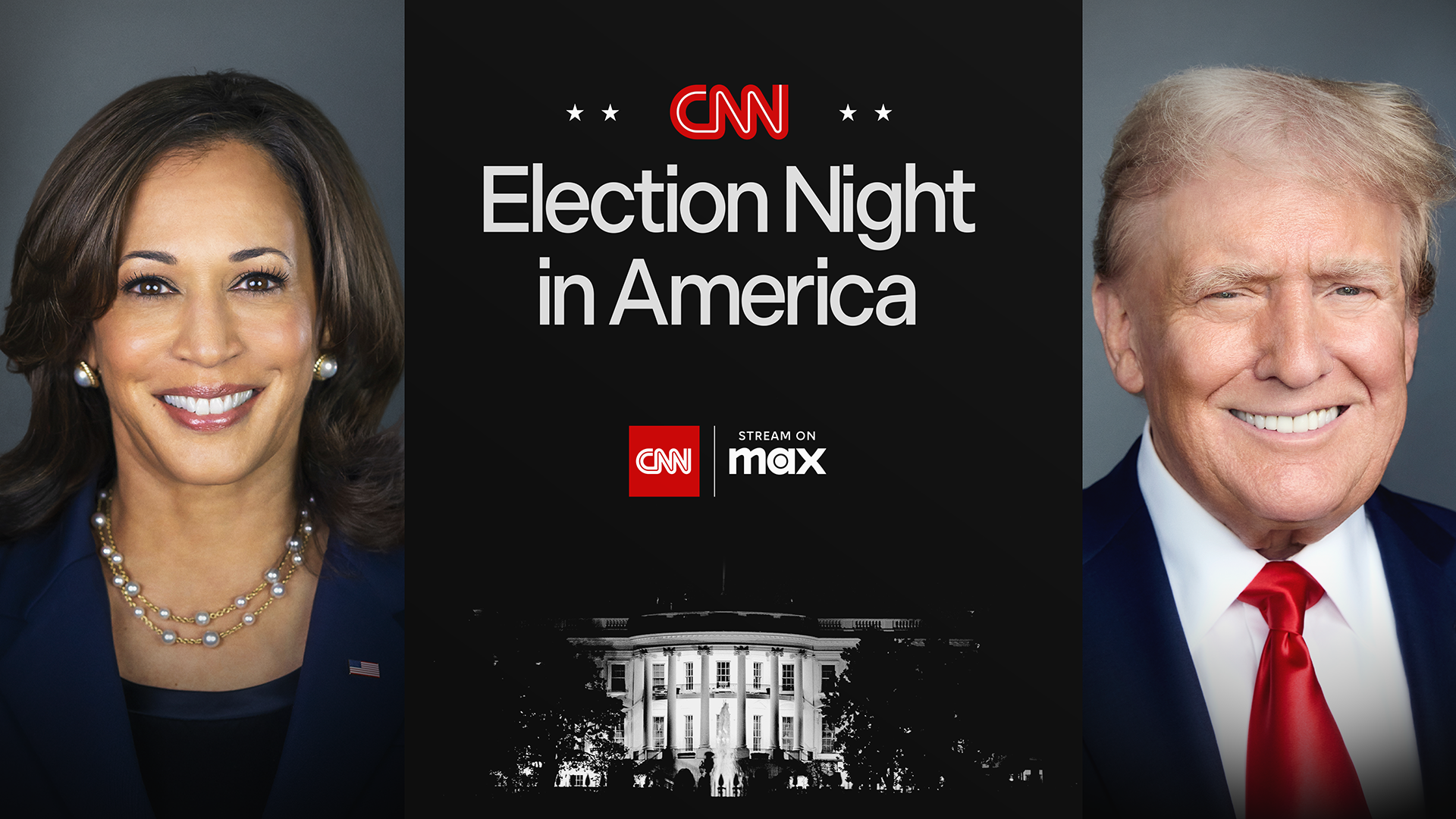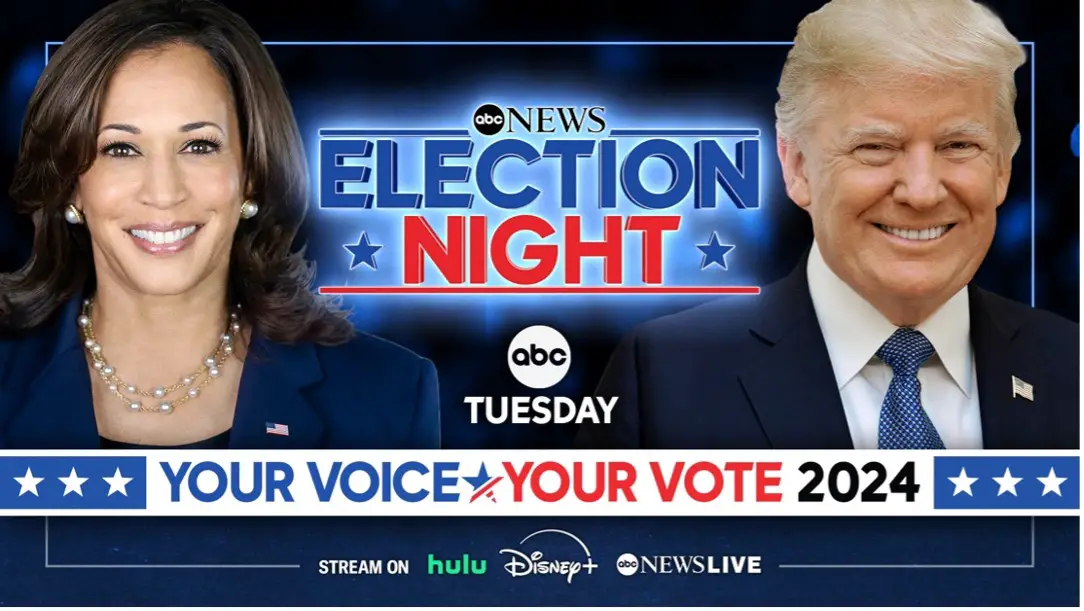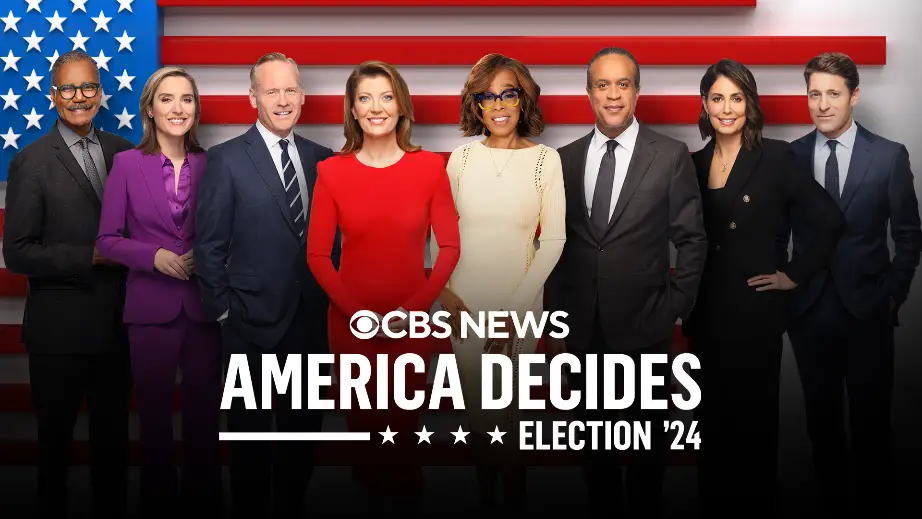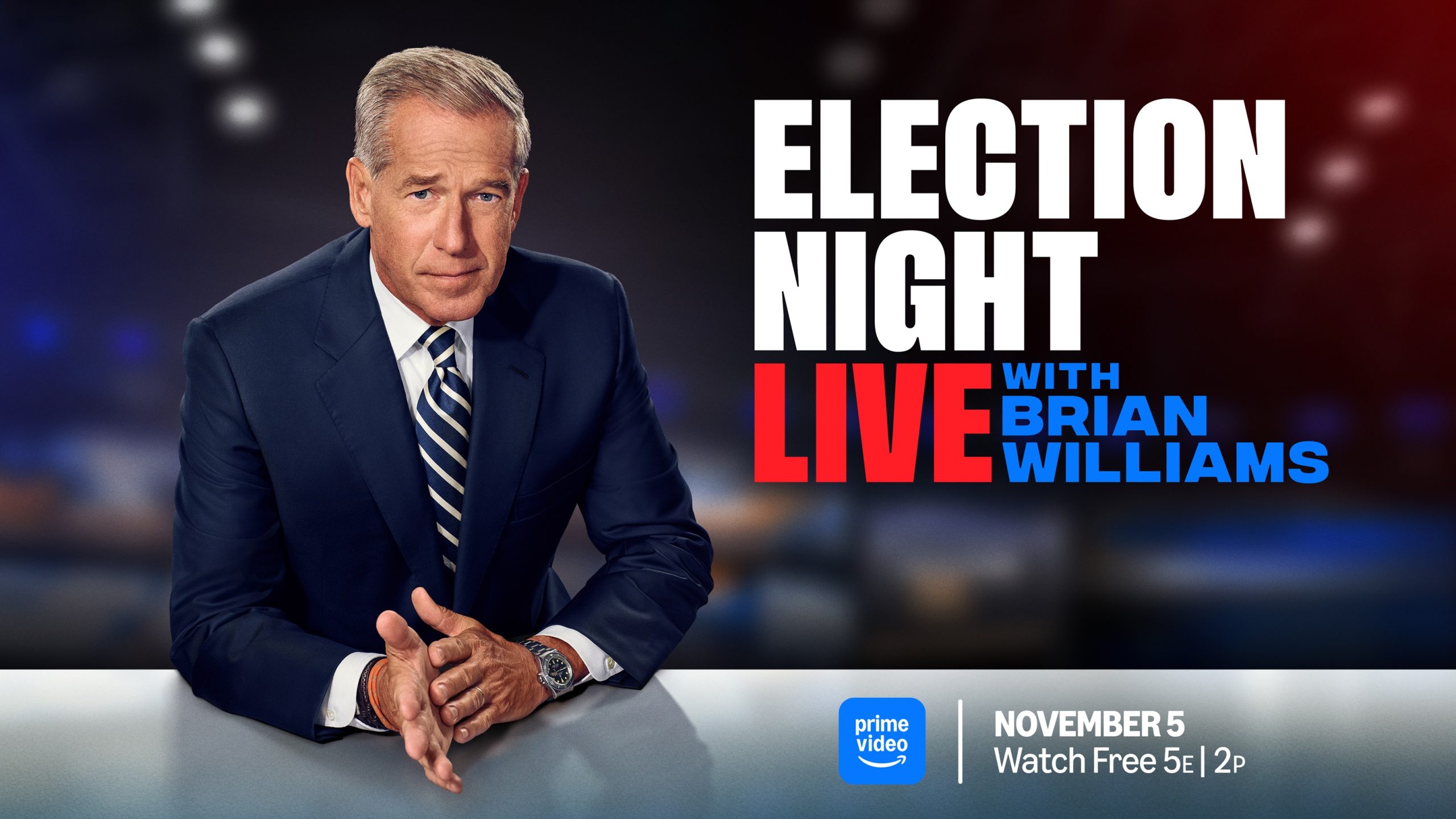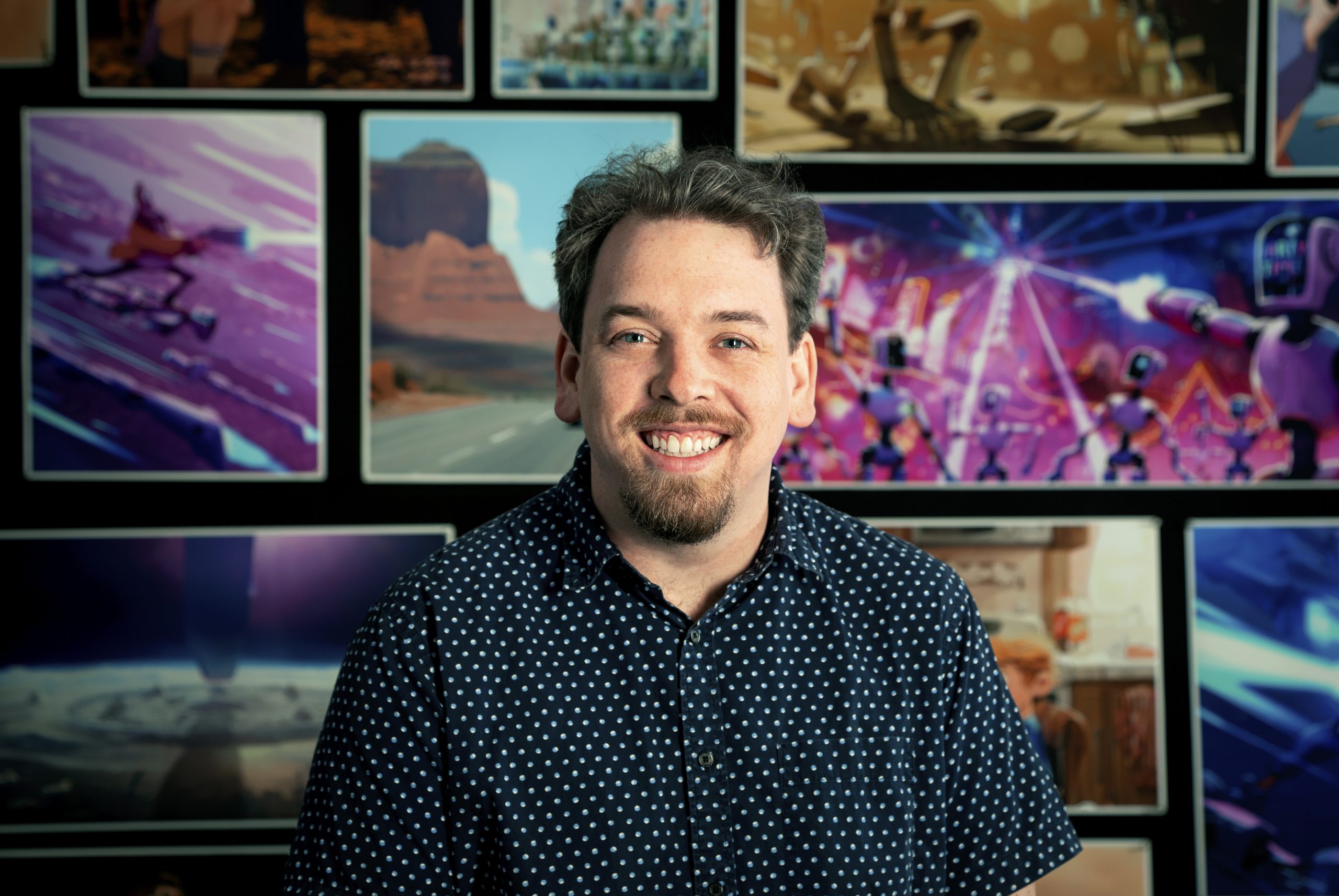
Filmmaker/voice actor Mike Rianda spoke with Solzy at the Movies about his new film, The Mitchells vs. The Machines, launching on Netflix.

The Mitchells vs. The Machines is making its way to Netflix after a lengthy delay due to the pandemic. How exciting is it to get the film in front of an audience?
Mike Rianda: Ah, the best! It’s so wonderful. We even had this little virtual premiere and some critics have seen at this point. It’s been so nice because we’ve been living with it for so long and you never know. You love it—it’s like sending your kid to college or something. You’re like, I hope you do well, little buddy. It’s been nice to see it’s been doing well and people are people are really connecting to it, which is really rewarding.
When I first watched the film, one of my first thoughts was that it’s Her meets The Terminator.
Mike Rianda: Yeah (laughs), absolutely! That’s a good read—I like it. We had a lot of T-1000 imagery up at the studio to inspire.
So you couldn’t get Arnold’s likeness approved?
Mike Rianda: (Laughs) No, we actually at one point had a character named Derek J. Roboslayer that was sort of like an action star. He fell out of the movie. There’s many things in the movie that were maybe a little too wacky.
What was the genesis behind the screenplay?
Mike Rianda: Basically, I was trying to make a movie about the thing that I love the most, which is my crazy family. And then the thing that I loved the most when I was nine, which is killer robots. Also, as an adult, just sort of thinking about robots and AI, and how if they can do what we can do—what is really important about humans. It’s basically like our relationships, our families, our chosen families—even though sometimes you have to fight for those relationships. In the process of writing the screenplay, we had—me and Jeff Rowe, my co-writer and co-director—sort of just started writing from page one. I wrote a little outline and then we sort of started writing scenes and reading them to each other. These movies are really shockingly iterative. The movie is built on the corpses of 1000 dead ideas. (Laughs) It’s grotesque but there’s so many things that worked and didn’t work. You just basically are trying to as quickly as possible make a version of the movie. As artists, you make the version of the movie and then you sit back, look at it and be like, Okay, what is working and what isn’t? You trash the things that aren’t working and you boost the things that are and then make another version. We just basically just did that from five years ago, until two months ago.
I love that Katie Mitchell is a cinephile! How much fun did you have in writing her character and in watching Abbi Jacobson bring her to life?
Mike Rianda: It was the best. I think that was really fun because I love movies. It was fun to be able to put in all these weird easter eggs of Criterion Collection movies that I love. Also, Abbi was so perfect for the role because that is Abby to an extent. She’s a director. She made films in college. She went to art school. She is really great at what she does. It was really fun to see her be able to riff and play in that space because that’s so close to who she is. That was a blast to watch her work.

The film features a star-studded cast in general but Olivia Colman blew me away with her performance as PAL. What was it like to direct an Oscar-winning actress of her caliber?
Mike Rianda: It was incredible. She was so game. She is just as wonderful as she seems. She’s just the most charming woman I’ve ever met but she is also a very serious actress in the best way in that she’s not being self-serious. She is happy to scream and ride around like she’s a cell phone flopping around. She also will put her whole body into the performance and bring real menace to lines that you write. There was often times with these movies, it’s like you’re just on it. You’re just a little bit on a hamster wheel sometimes where you’re like, Okay, there’s a record coming up, we got to get some new stuff for PAL and Olivia, and let’s do our best. Sometimes, you write stuff and you’re like, Ugh, this is like a B- and then you hear Olivia do it and it’s like, Whoa, that’s hilarious all of a sudden because she’s so great! People in the booth would always like audible (inaudible) (Laughs). That was really wonderful.
What led to the decision to use two different styles of animation?
Mike Rianda: That basically just came from the story, really. Some of it came from our own personal desire to, Oh, we have a chance—we’re like these beefed up film students—Oh, we get to make a movie! Holy crap, let’s do something new! We realized that like you need to have a philosophy or else it just feels like stuff happening.
For the regular part of the movie—the majority of the movie—basically, we wanted to reflect the humanity and flaws of the characters in sort of every frame and do it in a really loving way. It might be a bent, knobby tree but it’s really painted lovingly. We worked with Imageworks and Mike Lasker, who had worked on Spider-Verse, to sort of bring these drawings that our art team was doing to life and it was really wonderful to see these images that look like they were paintings but they were moving like they were 3D. It was incredible.
In terms of the 2D, we just were like, Oh, what if it was there’s 2D in it? It actually started to make sense when we were thinking about Katie is a filmmaker and it’s almost like she’s editing the movie—this movie is one of her movies and she’s drawing on the frame. She’s just relentlessly creative. We found that when those drawings sort of mimicked her emotional state, they really worked. When she was excited, the drawings were colorful and vibrant. When she was sad, there were storm clouds, that sort of thing. We found that that actually made the audience go closer to her so it didn’t just feel like a random trick. It ideally would make you feel close to her as a character.

Can you talk about working with Phil Lord and Chris Miller and what they contributed to the film?
Mike Rianda: They were the best! They’re really heroes of mine. Even the fact that they watched it, I was like, what more do you need right there? They watched it, and they’re like, Do you mind if we executive produce? Oh,yeah, that’d be okay, man. Great! They were really wonderful because they were so supportive and they really encouraged us and were as available as we wanted them. They’re like, Hey, you let us know. Sometimes, we’d really lean on him because we’re trying to lock for a screening and were like, Hey, can you come in, look at some scenes, and give us some feedback and stuff. They were so great.
At a certain point just towards the end, we would comb through the whole movie, and just be like, could this be better? Could this be better? Could this be better. Their process is trying to sharpen and hone every single moment and make sure that every single moment in the movie is surprising. I really feel like with these tweaks and screw-tightening and stuff, they really sort of taught us how to bring the movie up a level from where it was and it was so great. It was like going to animation grad school or something—they were the best.
What was the most challenging part of the production?
Mike Rianda: All of it! (Laughs) It was brutal. No. It is hard making one of these to be perfectly honest. Luckily, you have—it’s hard on one hand but then you have sort of the crew with a million great ideas and that’s gives you life. To be honest, I think the hardest thing was getting not the first draft but the second draft of the script done because me and Jeff Rowe—my co-writer and co-director whose a genius—were writing it and it was a really rocky transition from TV because TV taught us to work fast and all that stuff. We learned that you can’t rely on a TV-like structure for a movie because the audience has to care exponentially more about the characters and the story has to be deeper and more meaningful. Those are hard things to do and and we just had each other. Before Chris and Phil, it was just us trying to figure it out. I really look back at that time fondly even though it was really stressful.
How far into production was the film when the pandemic hit?
Mike Rianda: Luckily for us, we had just finished a giant editorial push to kind of try to lock a lot of things. I would say it was about 90% done when the pandemic hit, maybe 80%, because the animation needed to be finished and stuff. The actual creative decisions were kind of almost coming to an end when the pandemic hit so that was really nice. As people have said about animation, they had people working—things got locked down on Monday, people were working by Thursday. It was shocking how fast it was. It was also shocking how much we could do it. It didn’t feel like this gigantic crunch. The hardest thing is working with an editor is really precise and it’s ideal if you’re in the same room and you’re saying, Okay, that’s exactly two frames. When things are stuttery on Zoom, it’s like maybe—so that was that was probably the hardest part.
How did you first get an interest in animation?
Mike Rianda: I was always obsessed with animation since I was a child. I was a lonely little kid so I was like, Oh, this is great! I’ve got my cartoon friends. When I was a kid, at some point, The Simpsons was on five times a day so I just taped that every day and have these volumes of VHS tapes of The Simpsons, Ren and Stimpy, Rocco’s Modern Life, and all these shows. Much like Aaron, I was a very obsessive kid, and I’m a very obsessive adult. I just sort of honed in on that and just didn’t quit and here I am today.
Aside from your own projects, do you have a favorite animated film of all time?
Mike Rianda: This movie! No. Probably, I would say—this is a cop-out but I love, love, love, love Studio Ghibli movies and I would say Grave of the Fireflies, My Neighbor Totoro, and Whisper of the Heart are kind of all at the top. But it’s also so wonderful because one of my favorite animated movies of all-time came out a year before mine in Spider-Verse and the guys who made it helped me make my movie so that was really wonderful, too. I would say those are my faves.
What do you hope audiences take away from the film?
Mike Rianda: This is very corny but I really do hope that—I sort of laid this out for the audience. Before, when I first met the crew, I was like, Hey, here’s what we’re trying to do. It was basically, I really hope that people watch this movie. If they’re parents, they think differently about their kids and maybe try to reach out to them. And if you’re kids, hopefully it’ll help them understand what their parents are going through. Ideally, it would sort of heal families and sort of show people that if you put the effort in, you can really make these relationships work, which is very a lofty goal for a cartoon but that’s what we’re going for.
